|
In November, 2016, we hit the road in our travel trailer. Over the next two months, we drove from Memphis to the Gulf Coast of Mississippi and back to Houston. Then at the end of January, we again took to the highways to make our way to Cotulla, TX. Never heard of Cotulla, TX? Great! Let me tell you about this adorable little town. Cotulla is a small oil field town between San Antonio and Laredo. It has a population of roughly 4000 and features a courthouse, a library, a post office, a few little restaurants, gas stations, and other small businesses, a couple churches, and several hotels and RV Parks. Cotulla was founded by Joseph Cotulla (1844-1923), a Polish immigrant, in 1881 during the railroad boom. He was the first person in La Salle County to bore his own artesian well, thereby avoiding drought and providing for his household, livestock, and farmlands. The city of Cotulla soon followed his lead, and the town continued to grow. A few days after arriving in Cotulla, we received our first assignment as gate guards in the oil field industry. We would be joining another couple on a 24-hour gate, with those 24 hours split into two 12-hour shifts. Our shift would be 2:00 am-2:00 pm, 7 days a week. Our travel trailer would stay at the RV park and we would commute the 22 miles to our gate each day. Tip #1: At first we were hesitant about driving back and forth to work when most gates allow, or require, guards to live on-site. We weighed the pros and cons to each. Driving back and forth would add an hour of travel time to our already-long day, and would require us to spend money on gasoline. But with our RV still sitting in the RV park, we would significantly cut down on the amount of dust that would be on, and most likely IN, our home. We would not have to listen to trucks and generators while we slept, and we would put distance between our home and our work each day. The day before we started, we met our supervisor at the gate and received the full run-down: how to use the iPad to input information and take pictures, what to wear, and our most important directive - keep the trucks off the highway! Because we wouldn't have our home with us, we would have a small 5' by 7' guard shack, complete with A/C, heat, a microwave, a mini fridge, and two chairs. The next day, dressed in our ball caps, t-shirts, jeans, and blaze orange vests, we left our RV in Cotulla at 1:25 am and headed toward Big Wells, anxious to see what the day would bring. When we started, they were just starting a new fracking job. Fracking, or hydraulic fracturing, is a process that uses sand and liquid at high pressure to break apart rocks and allow gas to flow up. Fracking requires an enormous amount of sand to be brought in, so the majority of our traffic was from a company called Sandbox, which provides 45,000-pound giant sandboxes. Shortly after we started, they started a second frack at our gate. Most Sandbox drivers made 4-5 runs during their 12-hour shifts, and we estimate we saw up to 35 different drivers a day. Doing the math, we figure we saw between 3 and 7 million pounds of sand per day for about 3 weeks. But the Sandbox trucks were not the only trucks coming in. Over a dozen companies were represented each day, and for those first three weeks, we clocked in roughly 200-250 trucks each way, every day. Talk about staying busy! But, although the job kept us on our toes, we did have a chance to do one thing that we love - photographing wildlife. One of our favorites was "Roadie" the Roadrunner. He showed up every day to zip about eating moths and other bugs that we have in abundance. His head thrust forward when he ran. When standing still, listening for moths, his little head turned quickly back and forth, and the feathers on his crown stood up. Roadie mostly ignored us, but once in awhile, he would stand still long enough to let me take his portrait. We also spotted several Northern Mockingbirds, Northern Cardinals, and Pyrrhuloxia, a desert cardinal, who came daily to the bird feeder on site. The Pyrrhuloxia was quite the chatterbox. He often perched near us to sing to us. He was friendly enough that I was able to take his photo from just a couple feet away. These curve-billed thrashers with their spackled chests and bright red eyes, white-crested sparrows, and house sparrows were also daily visitors. Though not as brave as the cardinals, they did warm up to us a bit after the first couple weeks. Two other favorites were the Green Jays, with their bright tropical blues on their heads, yellows on their chests and tails, and greens on their backs, and the Black-Crested Titmouses, with their little black mohawks. The Green Jays are extremely elusive in nature, carefully hiding whenever we were outside, but over time, we were able to get close enough to steal a few quick photos of them. Though they can sing sweet songs, most of the time they made an angry squawking sound. The Titmouses were also fairly evasive, but oh-so-cute! Like most small songbirds, they never sat still for long, perching on one branch, only to flit away to the next branch an instant later. We did have other visitors who were not of the winged variety. Meet "Mama Cat" - so named because, during the 11 months our partners have been here, Mama Cat has birthed two sets of kittens and is working on her third. Mama is a feral cat who mostly keeps to herself but occasionally comes by for a good head rub. The well was located on a ranch, and, in addition to checking trucks in and out, they also listed "cattle herding" as part of our job description. The bulls in particular periodically made their way close to the gate or close to the road, and we were responsible for keeping them inside the gate and out of the road. Across the street sat another ranch, this one filled with Longhorns, for which Texas is known. At our gate, we also observed wild pigs, bunnies, and deer, though not closely enough to photograph. Even the daily 1:30 am drive to the job site and the afternoon drive back provided wildlife spottings - deer (some days as many as ten), wild turkeys, a fox, a coyote, a skunk, hawks, vultures, and my personal favorite, an owl who was standing directly on the white line on the side of the road. The job did, however, involve some difficulties for which we were not fully prepared. Cotulla, like many small towns in South Texas, lacks a large selection of stores and restaurants like we were used to in cities like Houston. The stores that do exist in small towns lack the large selection of types of food that we were used to. Items like coffee, even in the HEB in the larger town of Carrizo Springs, occupy a very small section with only the basics available. And I would be remiss if I did not mention the bugs. Working through the night with lights on attracted moths and other small winged creatures. Cooler days tended to yield only a few (thousand) moths, with warmer days bringing about an influx of what seemed like millions of moths. On warm days, they tried to fly in our mouths and under our glasses and down our shirts. They invaded our port-a-potty and the outside of our truck. We also dealt with our fair share of bees and yellow jackets.
Overall, this workamping job afforded us a way to witness spectacular sunrises and wildlife that we would not normally see. The work itself consisted of a simple set of procedures for a fair daily wage. Our 12 hours a day, 7 days a week spent in a 5-foot by 7-foot guard shack expanded our growing list of unconventional experiences. Currently, we are in discussions about relocating to a larger, busier, and more modern ranch nearby. Check back to learn about our next adventure! Are you an oil field gate guard as well? Use the comments section to tell us your funny stories, to share tips about keeping moths and other critters under control, to divulge your best gate guarding or RVing advice, or just to say 'hello'!
1 Comment
|
Welcome to exquisit
|





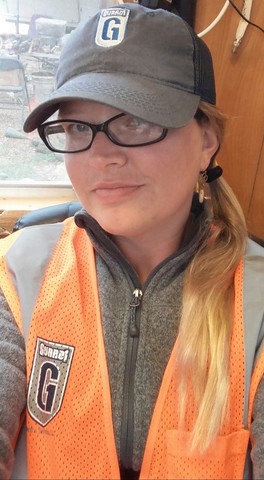
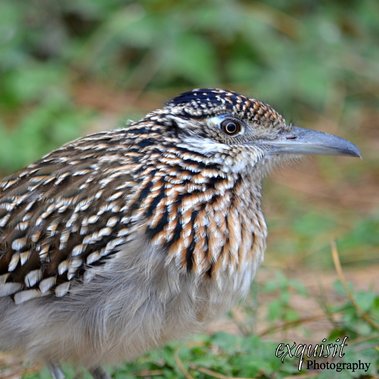



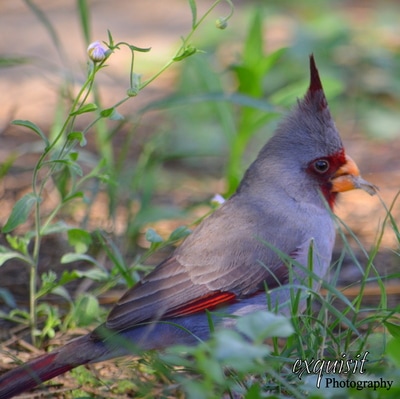







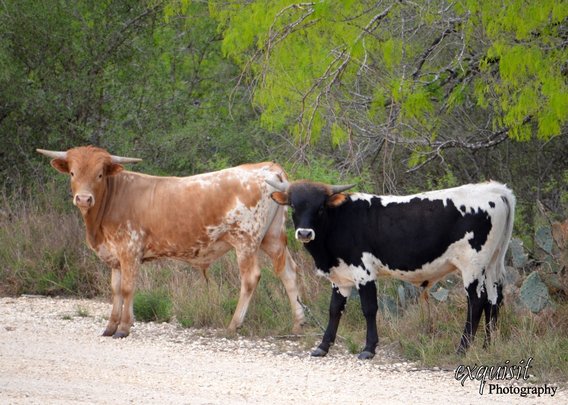


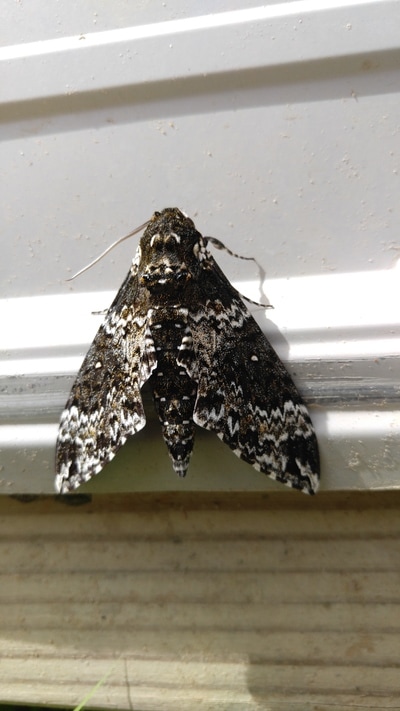




 RSS Feed
RSS Feed
